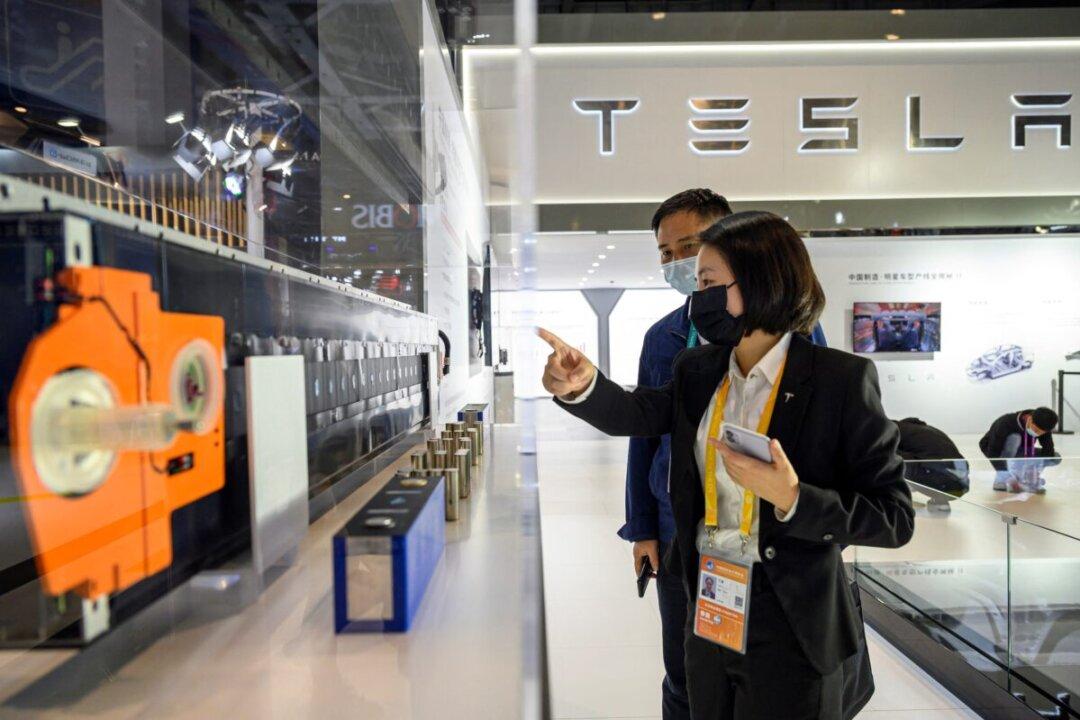News Analysis
Tesla’s mega plant in Shanghai faces strong headwinds moving into 2023 due to trends favoring the localization of global supply chains amid fierce competition with Chinese automakers.

Tesla’s mega plant in Shanghai faces strong headwinds moving into 2023 due to trends favoring the localization of global supply chains amid fierce competition with Chinese automakers.